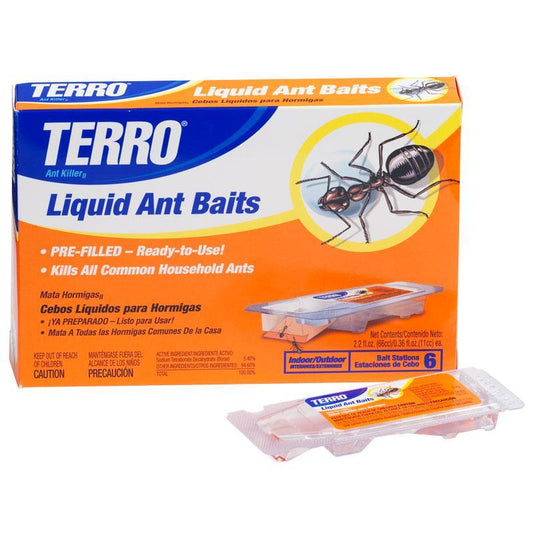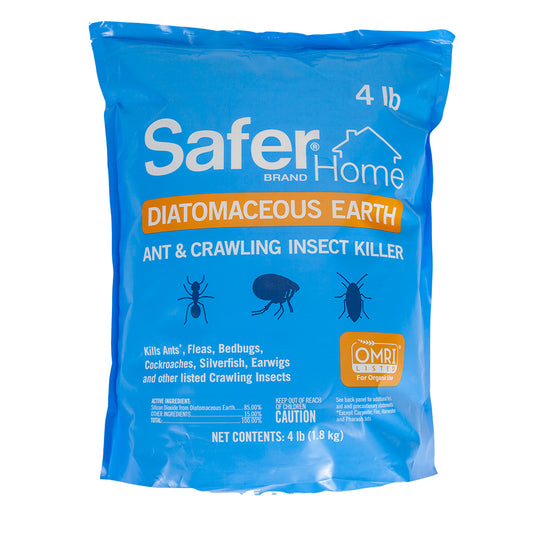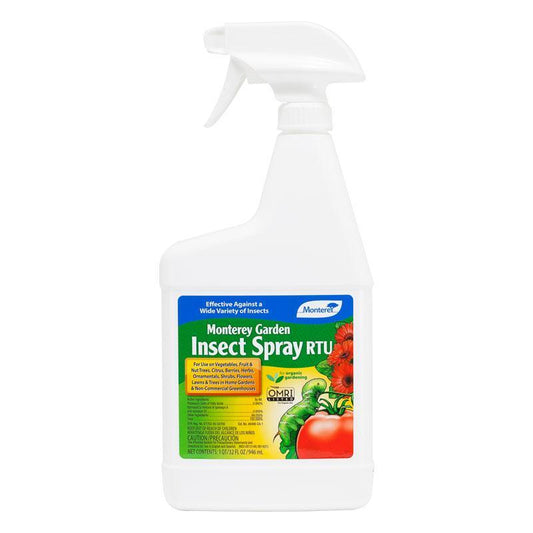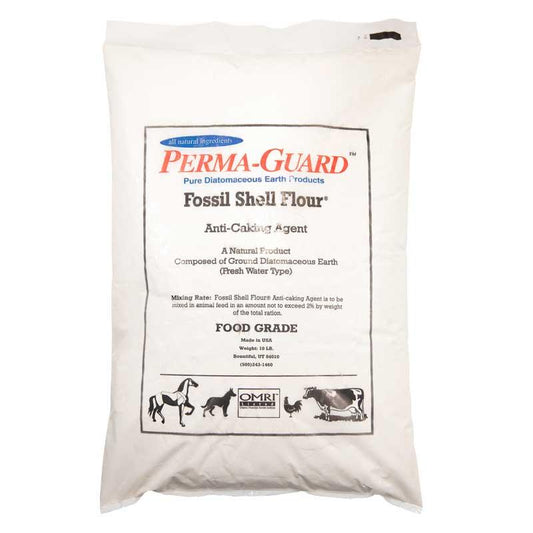Keeping Your Peach Harvest Ant-Free: Essential Tips for Gardeners
Ants on your peach tree can quickly turn from a small nuisance into a serious problem. Whether you’ve spotted ants on peach tree bark or noticed them marching toward your fruit, these tiny pests can damage ripening peaches and encourage infestations of other insects. Learning how to keep ants off fruit trees—and especially how to keep ants off peach trees—is key to protecting your harvest naturally and safely.
Below, you’ll discover why ants show up, how to stop them from climbing the tree trunk, and effective, natural ways to get rid of ants on fruit trees.

Why Are There Ants on My Peach Tree?
If you’ve ever asked, “Why are there ants on my peach tree?”, the answer usually lies in the sweet fruit and other insects on peach trees. Ants love sugary foods, so they’re drawn to ripe peaches or to honeydew—a sticky, sweet liquid secreted by aphids and scale insects feeding on the tree.
These honeydew-producing pests attract ants because they provide a reliable food source. That’s why do ants harm peach trees? Yes, indirectly. While ants don’t eat the tree itself, they protect aphids and scale insects, allowing them to multiply and cause more harm to your fruit and foliage.
Step 1: Control Aphids and Other Honeydew Producers
Managing the source of honeydew is the first step in keeping ants away.
Encourage Beneficial Insects
Natural predators like ladybugs, lacewings, and parasitic wasps help control aphids and scales. You can attract these helpers by planting flowers like dill, fennel, and yarrow nearby.
Use Neem Oil or Insecticidal Soap
Neem oil is a safe, natural pesticide that disrupts the life cycle of aphids and scales. Spray it on affected areas according to directions. Insecticidal soap is another effective choice—just be sure to coat both sides of leaves for best results.

Step 2: Stop Ants from Climbing the Tree Trunk
Creating a physical barrier around the tree trunk keeps ants from reaching your peaches.
Sticky Bands and Tanglefoot
Wrap a strip of cloth or tape around the trunk, then apply a sticky substance like Tanglefoot to it. This traps ants as they try to climb. Never apply sticky products directly on bark, as it can damage the tree.
Diatomaceous Earth
Sprinkle diatomaceous earth around the base. This fine powder naturally kills ants by dehydrating them. Keep it dry, and reapply after rain.
For a full guide on natural indoor and outdoor ant prevention, see Organic Ways to Keep Ants Out of Your House.
Step 3: Natural Ways to Get Rid of Ants on Fruit Trees
If you’re wondering how to get rid of ants on peach tree branches or fruit without chemicals, here are safe home solutions:
- Cinnamon or Coffee Grounds: Sprinkle around the base to repel ants naturally. Curious if it works? Yes—do coffee grounds keep ants away? They disrupt scent trails and deter ants effectively.
- Vinegar Spray: Mix equal parts vinegar and water. Spray around the base (not directly on the tree) to erase ant scent trails.
- Peppermint Oil: A few drops in water make a natural repellent spray ants dislike.
These options work for other fruit trees too—including citrus and fig tree ants problems.

Step 4: Maintain Cleanliness Around the Tree
Remove any overripe or fallen peaches promptly. Decaying fruit attracts ants and other pests. Keep the area clear and mulch fresh.
Avoid leaving wood debris, as moist wood chips can harbor insects. Also, check for sap leaks or damaged fruit that may lure ants back.
Step 5: Ant Traps and Preventive Maintenance
Set baited traps away from the peach tree. Use a small mix of sugar and boric acid in a container to lure and control colonies. Place traps several feet from the tree to prevent drawing ants closer.
Inspect your peach tree weekly during fruiting season. Regular monitoring helps stop infestations early and keeps your tree healthy year-round.
Final Thoughts
Ants might seem small, but when they invade your fruit trees, they can cause big problems. With regular care, natural deterrents, and good garden hygiene, you can protect your peaches without harsh chemicals. Once you know how to keep ants off your peach trees, you’ll enjoy healthier fruit and a thriving, pest-free harvest.
FAQs About Ants on Peach Trees
How do I get rid of ants on my peach tree?
Are ants bad for your fruit trees?
Should I worry about ants in my tree?
What can I spray on my peach tree to keep bugs away?
How to keep ants out of a peach tree?
How do I keep bugs off my peach tree naturally?
How do you get rid of ants in a tree without killing the tree?
How to get rid of ants at the base of a fruit tree?
Can a tree with ants in it be saved?
More Peach Tree Growing Resources
- Planting Peach Seeds: Step-by-Step for a Fruiting Tree
- How Often Should You Water a Newly Planted Peach Tree
- Planting Peach Trees in Zone 9: Best Varieties and Seasonal Tips
- When Are Peaches in Season? A Guide for Peach Lovers and Gardeners
- Your Guide to Fertilizing Peach Trees for Healthy Growth and Delicious Fruit
- Peach Leaf Curl Control
- Peach Leaf Curl Video Guide
- Shop Bare Root Peach Trees







